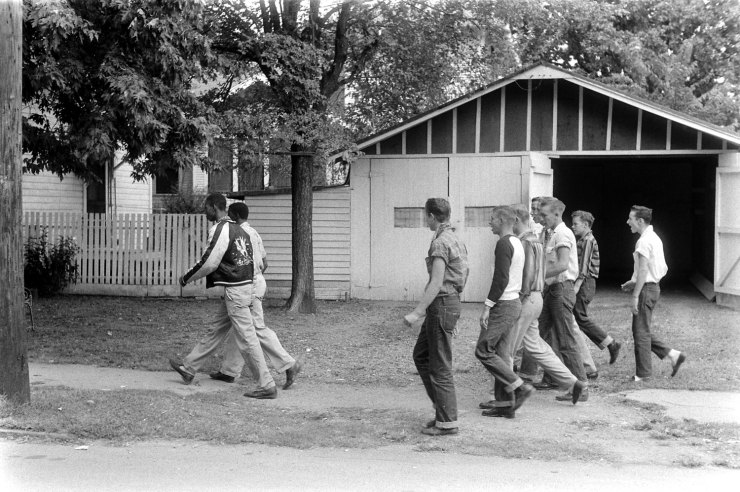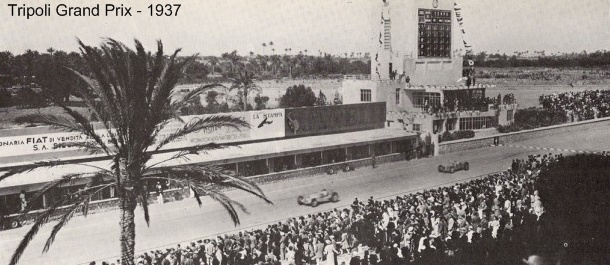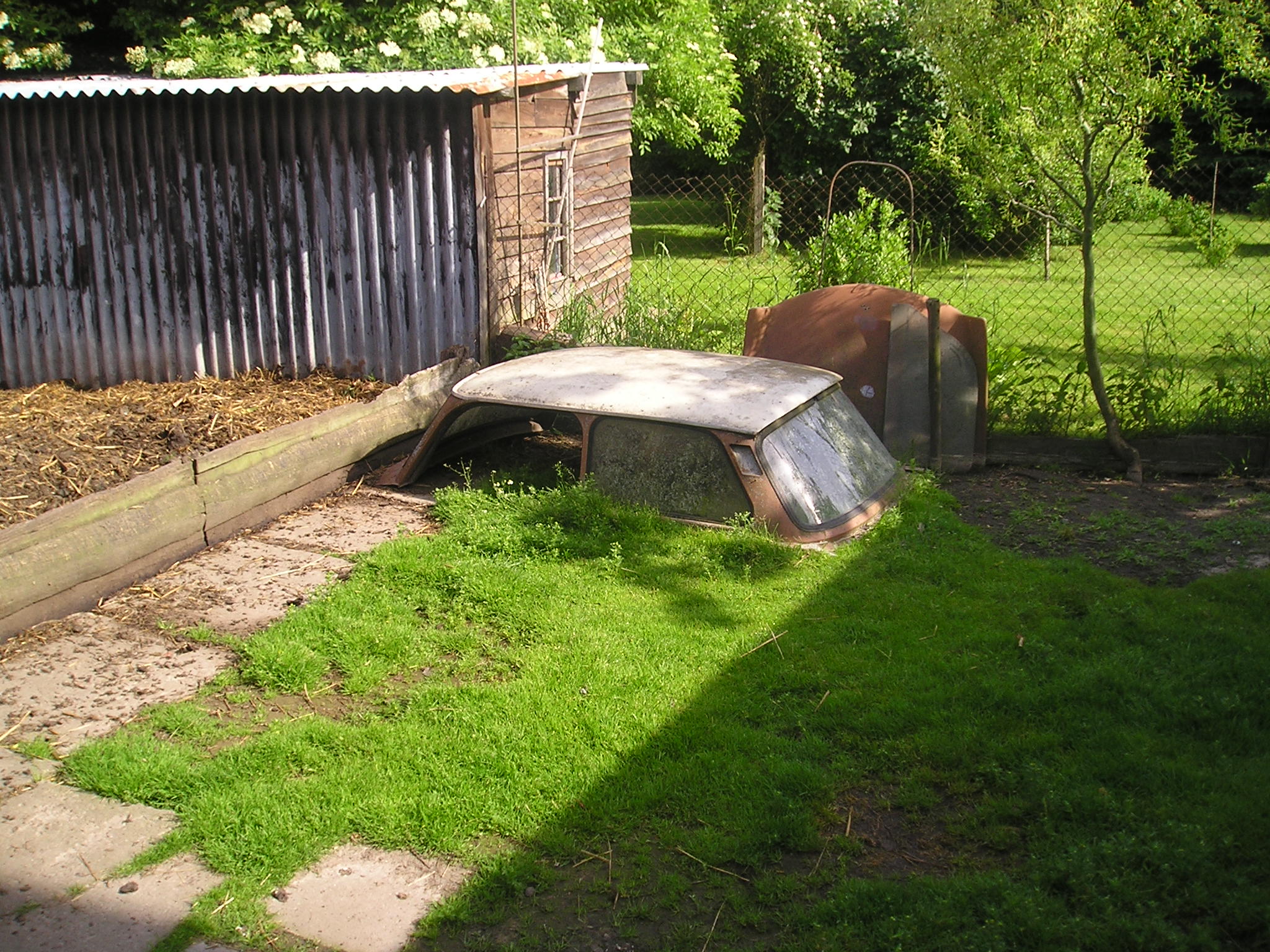In the next in our series on the Wars of the Roses, this article looks at the key battles in the early years of the war. It follows our introduction to the Wars of the Roses available here and our article on Edward III’s descendants and the causes of the Wars of the Roses available here.
The grand old Duke of York, he had 3,000 men, he marched them toward London in order to fight for his right to be King.
Richard Plantagenet had an unbroken male line all the way to Edward III and so assumed he was more entitled to rule England than the mad king and his infant son. On May 22, 1455 Richard, leading the Yorkist army, marched on London. King Henry VI, leading the Lancastrian force, marched to intercept it and halted at St. Albans thinking an ambush would be in his benefit. He was wrong; the Yorkists defeated the Lancaster force in 30 minutes. Henry was now a prisoner and his Queen and their son were in exile. This was the first battle of the Wars of the Roses; its brutality would set the stage for the war that changed the face of England and changed the way the nation fought. It was also the first battle where Richard Neville – the Earl of Warwick – put fear in the enemy. Warwick would go on to have a near perfect battle record - his presence was like a secret elixir spurring the Yorkists to victory. That alone must have helped break the Lancastrian spirit as it took them four years to rally an army and stage a counter-attack. The battle of Ludford Bridge left the Yorkist army desecrated and running into the night. Indeed, there was a full scale retreat in the morning led by Richard of York, who fled to Ireland. As you can imagine, the Earl of Warwick did not attend this battle. Could that be why the Yorkists deserted in the night and why the Lancasters walked away with victory?
Shakespeare's King Henry VI, part III, act II. Warwick, Edward and Richard at the Battle of Towton
Nine months later, the Earl of Warwick, his father and the Earl of March led their army north to attack a Lancastrian army marching south. When the two armies met, Warwick chose discussion rather than battle and spent hours trying to reach a settlement with the King. Then finally, out of frustration, the Yorkist force attacked and won. The crown was now clearly under Yorkist control. England believed the civil war was over but the mad King’s Queen was assembling an army and planned to fight for her heir.
The battle of Wakefield is considered to be the end of chivalrous warfare. Until that point, those in retreat were not killed. Nor were nobles. There were rules to war. On December 30, 1460 those rules came to an end. Richard of York travelled to the city of York and took up a defensive position at Sandal Castle. For some unknown reason, Richard left his stronghold and directly attacked the Lancastrian force even though it was twice the size of his army. The Yorkists were brutalized; retreating soldiers were slaughtered as they ran. And Richard of York, the man who fought to call himself King, was killed in cold blood. The Lancastrians walked away victorious and to show their victory, they captured the Earl of Warwick’s father and brother and executed them. Nobles were not meant to be slain; those were not the ways of chivalrous warfare. Were the Lancastrians so desperate that they ignored chivalry or were the murders of Warwick’s father and brother a sign to him?
There were three more battles before the battle of Towton - one of the most important of the civil war. These three little engagements fuelled the fires of anger in both camps, especially since the Lancastrians managed to win one more battle. Interestingly enough, the Earl of Warwick was present at this engagement. Knowing full well what happened to his brother and father, Warwick fled, leaving his hostage King Henry VI under a tree. The sad old King was to be finally reunited with his Queen and son.
On March 29, 1461, the Yorkist forces attacked in a driving snowstorm, on a sloping hill at Towton. Using the snow and wind as an aid, the Yorkist archers were able to shoot further than their adversaries. The Lancastrians, believing that their best strategy was to charge, managed to weaken the Yorkist force. After hours of intense fighting, the Duke of Norfolk arrived with reinforcements which helped to defeat the Lancasters. Having lost their army, their weapons and their spirit, King Henry VI, his Queen and their son fled to Scotland, leaving a victorious Earl of March to be crowned King Edward IV. There were two more battles at Hedgeley Moor and Hexham over the next few years, but they did nothing more than further break the Lancastrian cause.
Edward IV may have been a ferocious and clever fighter but as a King and politician he was severely lacking. The Cousin’s War would have ended on the day he was crowned and the Plantagenets would more than likely still have been on the throne decades, if not centuries, later had Edward kept his nose clean and ruled the way he was advised to. But alas, fate had other ideas. And so after only eight years of peace, Edward’s own policies forced the civil war to rise from the dead. He forced the house of York and the house of Lancaster to once again do battle.
And as Shakespeare said, England hath long been mad and scarred herself; the brother blindly shed the brother’s blood, the father rashly slaughtered his own son; the son, compelled, been butcher to the sire: all this divided York and Lancaster.
What battle from The Wars of the Roses most intrigues you?
By M.L King, a history enthusiast and part-time blogger.
The next article in The Wars of the Roses series is the Kingmaker, the Earl of Warwick - available here.
Join the debate and hear about the next in the series! JOIN US and we’ll keep you updated! Click here.
References
Encyclopaedia Britannica: http://www.britannica.com/EBchecked/topic/509963/wars-of-the-roses
The Road to Bosworth Field by Trevor Royle (published by Little, Brown)





















